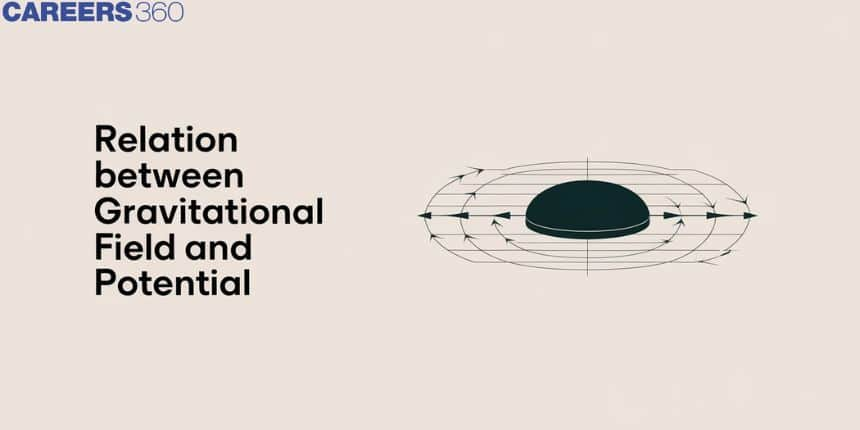Relation Between Gravitational Field And Potential
The relationship between the gravitational field and gravitational potential is fundamental to understanding how masses influence each other in the universe. A gravitational field represents the force experienced by a unit mass at any point in space due to another mass, while gravitational potential quantifies the work done in bringing a unit mass from infinity to that point without acceleration. In real life, this relationship explains why objects like satellites orbit Earth and why we stay grounded on its surface. Just as water naturally flows from high to low potential energy, objects in a gravitational field tend to move from regions of higher potential to lower potential, seeking equilibrium. This principle is also observed when planets orbit the sun, where they follow paths defined by the interplay between the sun’s gravitational field and potential. Understanding this relationship not only helps in space exploration but also in predicting natural phenomena like tides and even the behaviour of objects in free fall.
This Story also Contains
- Relation Between Gravitational Field and Potential
- Solved Examples Based on Relation Between Gravitational Field And Potential
- Summary

Relation Between Gravitational Field and Potential
The relationship between the gravitational field and gravitational potential is a cornerstone in the study of gravitation. The gravitational field at a point in space represents the force per unit mass that would be exerted on a small object placed at that point. On the other hand, the gravitational potential at a point is the amount of work required to bring a unit mass from infinity to that point without any acceleration.
Gravitational field and potential are related as
Where E is the Gravitational field
And
And
A negative sign indicates that in the direction of intensity, the potential decreases.
If
Then
Proof
Let the gravitational field at a point r due to a given mass distribution be E.
If a test mass m is placed inside a uniform gravitational field E.
Then force on a particle m when it is at r is

As the particle is displaced from
The change in potential energy during this displacement is
And we know that Relation between Potential and Potential energy
As
So
Integrating between
We get
If
Then the potential
in Cartesian coordinates, we can write
Then
So
If y and z remain constant,
Thus
Similarly
Recommended Topic Video
Solved Examples Based on Relation Between Gravitational Field And Potential
Example 1: The gravitational field in a region is given by
1) 0
2) 3
3) 2
4) -1
Solution:
The relation between the gravitational field and potential as
Hence, the answer is the option (1).
Example 2: The gravitational field in a region is given by
1) 2
2) 13
3) -71
4) 71
Solution:
The relation between gravitational field and potential is given by
and
Hence, the answer is the option (1).
Example 3: The gravitational field in a region is given by:
1) Zero
2) 1
3)
4)
Solution:
The gravitational field in a region is given by
(Potential at origin is O )
and we know that
In vector form, the position vector is written as
Hence, the answer is the option (2).
Example 4: On the x-axis and at a distance x from the origin, the gravitational field due to mass distribution is given by
1)
2)
3)
4)
Solution:
Given
Using
put
So
Hence, the answer is the option (1).
Example 5: What is the relationship between gravitational field strength and gravitational potential?
1) They are of the same size but opposite in direction
2) Gravitational potential is a derivative of gravitational field strength.
3) The intensity of the gravitational field is derived from the gravitational potential.
4) There is no relationship between the given two quantities.
Solution:
Gravitational potential (V) is defined as the amount of work done per unit mass in bringing an object from infinity to a point in space and is given by the formula
A negative sign means that work is done against the force of gravity.
The gravitational field (g) is related to the gravitational potential by the formula
Hence, the answer is the option(3).
Summary
The gravitational field and gravitational potential are closely linked, with the field representing the force per unit mass and the potential representing the work done to move a unit mass from infinity to a point in space. The field is the negative gradient of the potential, meaning it points in the direction of decreasing potential. This relationship is fundamental in understanding gravitational interactions, from celestial orbits to everyday phenomena like falling objects.